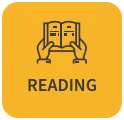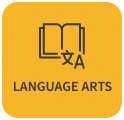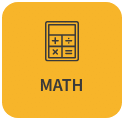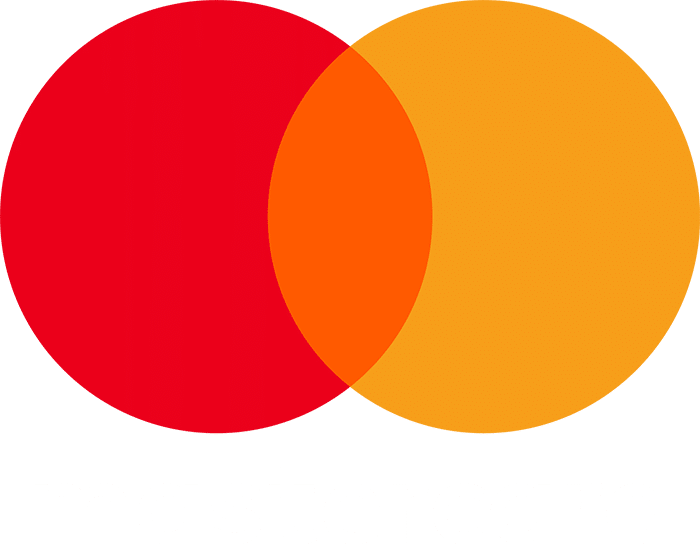- British Columbia:
- Math
- Language Arts
- Social Studies
- Science
British Columbia
Skills available for British Columbia Grade 2 Math Curriculum
Expectations are in black and skills are in blue. Click on the name of the skill to practice that skill.
Please check back as we are always adding more content!
Numbers to 100 represent quantities that can be decomposed into 10s and 1s.
NUMBER CONCEPTS TO 100
skip-counting by 2, 5, and 10:
comparing and ordering numbers to 100
Digital Resources
Printable Worksheets
place value
Digital Resources
Printable Worksheets
• Representing Numbers in Different Ways – Set 1
• Representing Numbers in Different Ways – Set 2
• Counting Tens and Ones – Set 1
• Counting Tens and Ones – Set 2
• Writing Numbers in Different Ways
even and odd numbers
benchmarks of 25, 50, and 100 and personal referents
seating arrangements at ceremonies/feasts
Digital Resources
Printable Worksheets
Development of computational fluency in addition and subtraction with numbers to 100 requires an understanding of place value.
addition and subtraction facts to 20 (introduction of computational strategies)
adding and subtracting numbers to 20
Digital Resources
Printable Worksheets
• Math Riddle – Addition Facts to 20
• Missing Numbers – Sums to 20
• Sum Fun
• Math Riddle – Addition Facts to 10
• Addition Facts for 2, 3, 4, and 5
• Addition Facts for 6, 7, 8, and 9
• Addition Practice – Sums from 11 to 20
• Subtraction Facts for 3, 4 ,or 5
• Subtraction Facts from 0 to 20
• Subtraction Facts from 0 to 5
• Subtraction Facts for 0, 1, or 2
• Subtraction Facts for 3, 4 ,or 5
• Subtraction Facts from 0 to 20
• Subtraction Facts from 0 to 12
fluency with math strategies for addition and subtraction
Digital Resources
Printable Worksheets
• Addition and Subtraction Problems
• Numbers Can Be Added in Any Order – 10
• Numbers Can be Added in Any Order – 20
addition and subtraction to 100
decomposing numbers to 100
estimating sums and differences to 100
using strategies such as looking for multiples of 10, friendly numbers, decomposing into 10s and 1s and recomposing, and compensating
Digital Resources
Printable Worksheets
• Take Apart Strategy for Addition
• Mental Math Strategies for Subtraction
• Taking Apart to Make Tens for Addition
• Adding 1 or 2 by Counting On
• Subtraction Word Problems – Set 1
• Subtraction Word Problems – Set 2
adding up to find the difference
using an open number line, hundred chart, ten-frames
Digital Resources
Printable Worksheets
• Addition Practice – Sums to 10
• Use a Number Line to Subtract
using addition and subtraction in real-life contexts and problem-based situations
The regular change in increasing patterns can be identified and used to make generalizations.
REPEATING AND INCREASING PATTERNS
exploring more complex repeating patterns
identifying the core of repeating patterns
Digital Resources
Printable Worksheets
increasing patterns using manipulatives, sounds, actions, and numbers (0 to 100)
Métis finger weaving
Digital Resources
Printable Worksheets
First Peoples head/armband patterning
Digital Resources
Printable Worksheets
change in quantity, using pictorial and symbolic representation
numerically describing a change in quantity
Digital Resources
Printable Worksheets
• Exploring Addition Sentences – Set 1
• Exploring Addition Sentences – Set 2
• Making Equal Addition Expressions
• Finding the Missing Number – Set 1
• Finding the Missing Number – Set 2
• Exploring Subtraction Sentences – Set 1
symbolic representation of equality and inequality
Objects and shapes have attributes that can be described, measured, and compared.
direct linear measurement, introducing standard metric units
centimetres and metres
estimating length
Digital Resources
Printable Worksheets
measuring and recording length, height, and width, using standard units
Digital Resources
Printable Worksheets
• Measuring Using Centimetres – Set 1
multiple attributes of 2D shapes and 3D objects
sorting 2D shapes and 3D objects, using two attributes, and explaining the sorting rule
Digital Resources
Printable Worksheets
• Geometry and Spatial Sense – Set 1
describing, comparing, and constructing 2D shapes, including triangles, squares, rectangles, circles
Digital Resources
Printable Worksheets
identifying 2D shapes as part of 3D objects
Digital Resources
Printable Worksheets
using traditional northwest coast First Peoples shapes (ovoids, U, split U, and local art shapes) reflected in the natural environment
Digital Resources
Printable Worksheets
Concrete graphs help us to compare and interpret data and show one-to-one correspondence.
pictorial representation of concrete graphs, using one-to-one correspondence
collecting data, creating a concrete graph, and representing the graph, using a pictorial representation through grids, stamps, drawings
one-to-one correspondence
Digital Resources
Printable Worksheets
• Representing Data in Different Ways – Set 1
• Representing Data in Different Ways – Set 2
• Exploring Bar Graphs – Set 1
• Exploring Bar Graphs – Set 2
• Exploring Bar Graphs – Set 3
• Exploring Bar Graphs – Set 4
• Exploring Bar Graphs – Set 5
• Exploring Bar Graphs – Set 6
• Exploring Bar Graphs – Set 7
likelihood of familiar life events, using comparative language
using comparative language (e.g., certain, uncertain; more, less, or equally likely)
Digital Resources
Printable Worksheets
• What Is the Probability? – Set 1
• What Is the Probability? – Set 2
financial literacy — coin combinations to 100 cents, and spending and saving
counting simple mixed combinations of coins to 100 cents
Digital Resources
Printable Worksheets
• Show Two Different Ways to Make the Same Amount
• Solve the Money Riddle – Set 1
• Solve the Money Riddle – Set 2
• Counting Canadian Bills – Set 1
• Counting Canadian Bills – Set 2
• Showing Bill Amounts in Different Ways
• Getting to Know Coins – Set 1
• Getting to Know Coins – Set 2
• Getting to Know Coins – Set 3
• Getting to Know Coins – Set 4
introduction to the concepts of spending and saving, integrating the concepts of wants and needs
Digital Resources
Printable Worksheets
• At the School Cafeteria – Set 1
• At the School Cafeteria – Set 2









